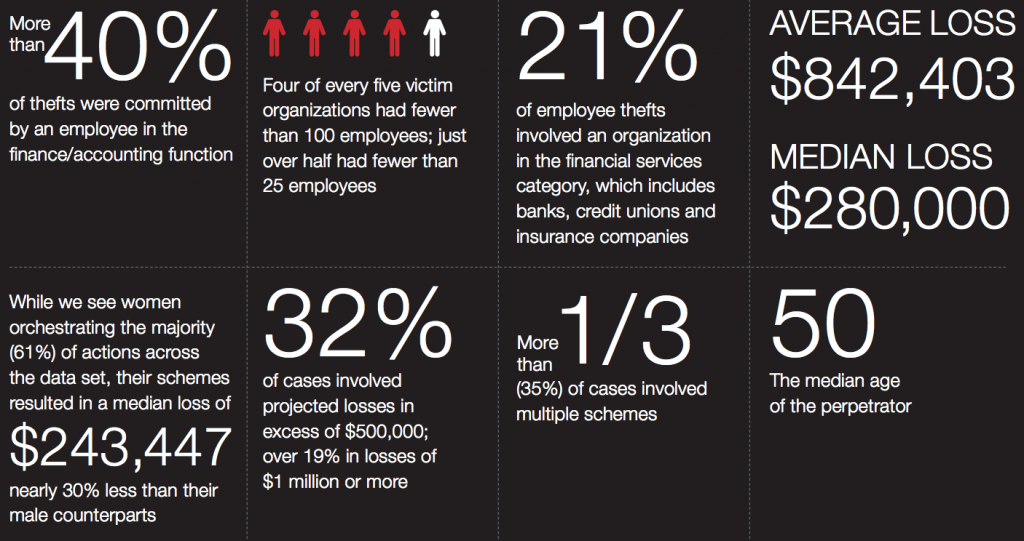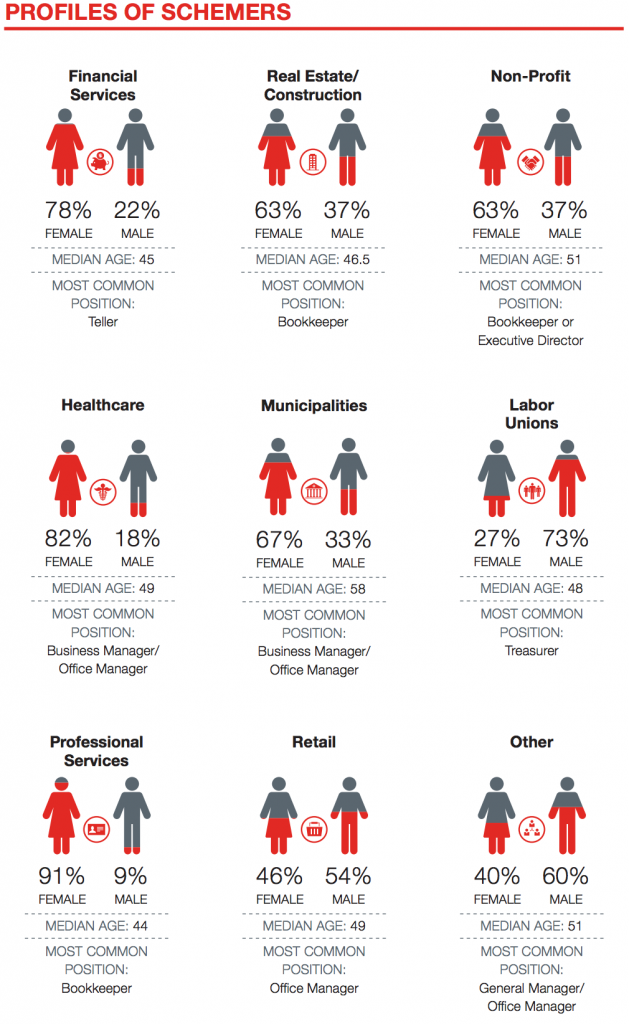As the overall insurance market remains in a “soft” environment with rates generally decreasing, particularly in the workers compensation market, many captive participants might be questioning if now is the time to exit their captives and explore more traditional insurance options. While this is an understandable response, one of the main reasons for creating your own or joining a group captive is a long-term commitment to a strategy of retaining risk in order to reduce costs over time.
Many companies historically turned to captives when insurance rates were high because they offered:
- better control over claims handling and loss control efforts,
- insulation from the cyclical swings and uncertainties of the commercial insurance marketplace, and
- lower operating costs than conventional insurance models.
Additionally, there is a far greater return on loss-prevention and claim-mitigation investments. Though rates are currently dropping, here are four reasons why most business owners would still benefit from remaining with their captives.
1. The Privileges Of Membership
Those companies that qualify are afforded benefits, including the possibility of reduced premiums and recouped savings over time. Keep in mind, one of the biggest drivers of value in being part of a captive means being insulated from future negative fluctuations in the market. Try not to lose sight of this, especially when rates drop and seem enticing.
2. No “Take Backs”
Leaving a captive can be costly, and reentry is not guaranteed. Companies considering the idea of leapfrogging from their captives while rates are low and then jumping back in when the rates increase may face hefty repercussions. This is particularly true for companies that are members of group captives, when it’s possible that other members of the captive may not accept them back, particularly if they were saddled with absorbing the exiting member’s share of losses.
3. Preparing For That Rainy Day
If you jump ship from your captive, you will most likely have lingering financial obligations if losses deteriorate for the whole group, and you could be on the hook for an assessment. By remaining a captive member, even if you are paying more in premium, you are adding money to cover a possible deficiency from prior years. If actual losses turn out to be better than projected, you can recoup—via dividends or reduced future premiums—a greater percentage of those savings than you could from traditional insurers.
4. Control Your Destiny
The market forces that are creating lower rates right now—such as decreasing medical costs or legislative changes that result in lower workers compensation costs—are also positively affecting captives. By staying with your captive, you can enjoy the upside of improvements in claims as your own losses go down, resulting in lower future costs and the possibility of recouping additional profits.
Overall, captives provide more control than traditional insurers through greater return on loss-prevention and claim-mitigation investments and through access to higher savings. Cheaper market rates can create an understandable knee-jerk reaction that may cause you to consider leaving your captive but remember your initial motives for joining. Captives are great alternatives to traditional insurer solutions, and staying the course will most likely work in your favor.


